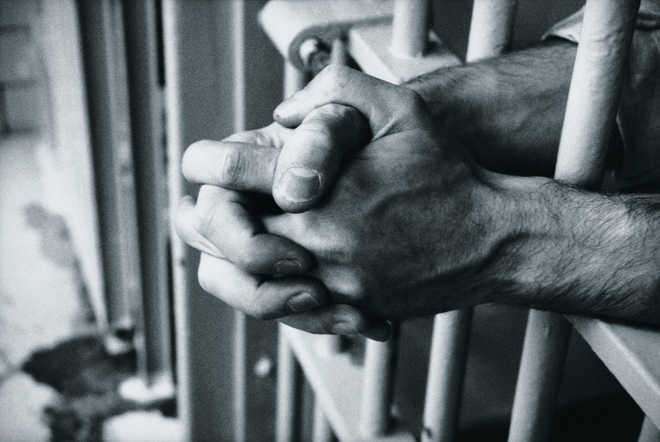
Living in pain: The conversation between characters delves deeper, focusing on the two ‘different worlds’ — the oblivious real Istanbul above ground and the obviously forgotten one below
Shonali Prakash
When the emotional profundity of an author goes beyond his words, it transcends geographical and political barriers to settle for universal soul searching.
Lawyer-turned-human rights activist-cum-writer Burhan Sönmez deftly uses his pen to beat the proverbial mighty sword in his third novel that was published in Turkish in 2015 and translated to English by Ümit Hussein in 2016. Sönmez, who himself suffered torture for being vocal about his country’s aspirations, dwells on hope and life…and death in his latest novel.
Istanbul Istanbul is set in a tiny underground windowless dark cell with a small iron grille, an iron gate and a narrow corridor. Its characters are four prisoners, the heroes and their nameless wardens, the villains. The four are — Demirtay the student, a doctor, Kamo the barber, and uncle Küheylan. The 10 chapters of the story revolve around 10 days of their captivity. Though they are unaware of the time and day, each day ‘starts’ with a story, riddle or parable told by a prisoner and ‘ends’ with him or another being tortured, surviving just about enough to see another day. ‘We warmed ourselves by huddling together, like puppies. Because time had stood still for several days, we had no idea if it was day or night. We knew what pain was, every day we relived the horror that clamped our hearts as we were led away to be tortured,’ says the student Demirtay in the first chapter.
On the face of it, the text seems like surreal fiction as it fluctuates between storytelling and torture sessions. But one realises that the conversation is not mere stories told by a son, husband or father, but the character’s understanding of the transition of the city — from a simple, but culturally rich past to a seemingly ugly present — marked by chaotic urban development. Yet not all the characters are judgmental about this transition. When the doctor argues that Istanbul was growing fat on the sins that would one day lead to her downfall, and buildings were replacing mountains, it is Uncle Küheylan who defends the process. The novel in its entirety is a beautiful balance of all elements as they are, leaving the reader to derive his or her own conclusions.
The conversation delves deeper, focusing on the two ‘different worlds’ — the oblivious real Istanbul above ground and the obviously forgotten one below. ‘When pain divided the world in the same way as it divided the mind, people thought of this place as the location of pain, while the Istanbul above was the painless location. While the walls of the houses above grew roots and reclined on the walls of the underground cells, the inhabitants of those houses clung to a false happiness.’
The author intersperses elements of literary classics in the characters. While Kamo the barber relates to the Karamazov family in Fyodor Dostoyevsky’s The Brothers Karamazov, all of them find a connection with Italian author Giovanni Boccaccio’s The Dacameron, wherein a group of men and women fled the city to escape from a plague epidemic and took refuge in a cottage. They sat by the fire and told stories to dilute their fear of the plague. But Sonmez’s characters feel The Dacameron’s characters were luckier than them for they fled and escaped death.
The crux of the novel is in using imagination and hope to overcome immense physical pain. ‘…. We told stories, drank raki and listened to songs. We turned our heads and gazed at the undulating lights on the sea” — the camaraderie tugs at the reader’s heart for its hope in sheer hopelessness.
Though one hopes that they survive the ordeal, the conclusion remains realistic vis-à-vis symbolic representation. While Kamo the barber dies of torture, the end of the others remains unclear — leaving us with a feeling of restless emptiness.
Despite its underlying tragic element, the book is a masterpiece on the human mind and its power.



























